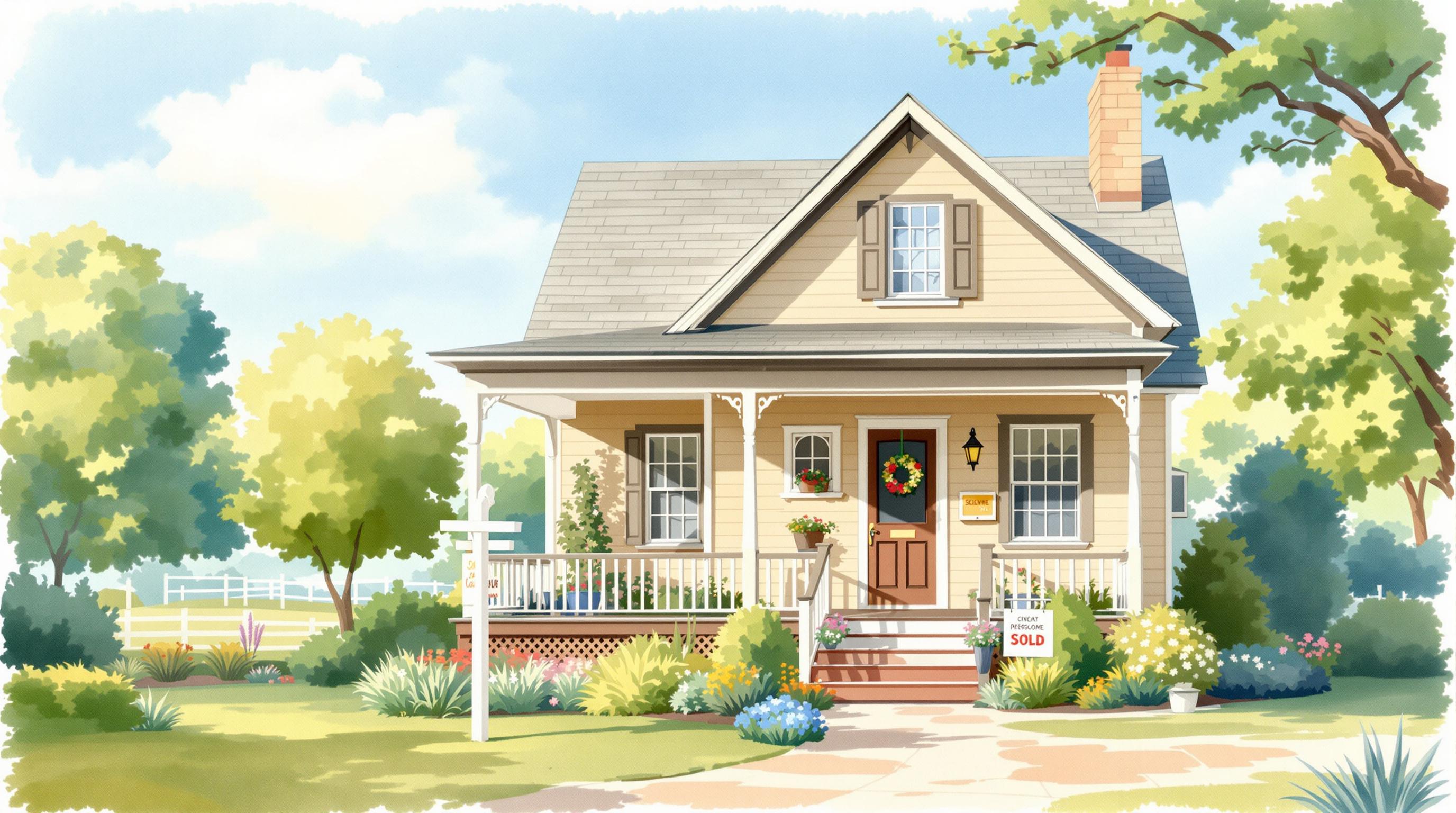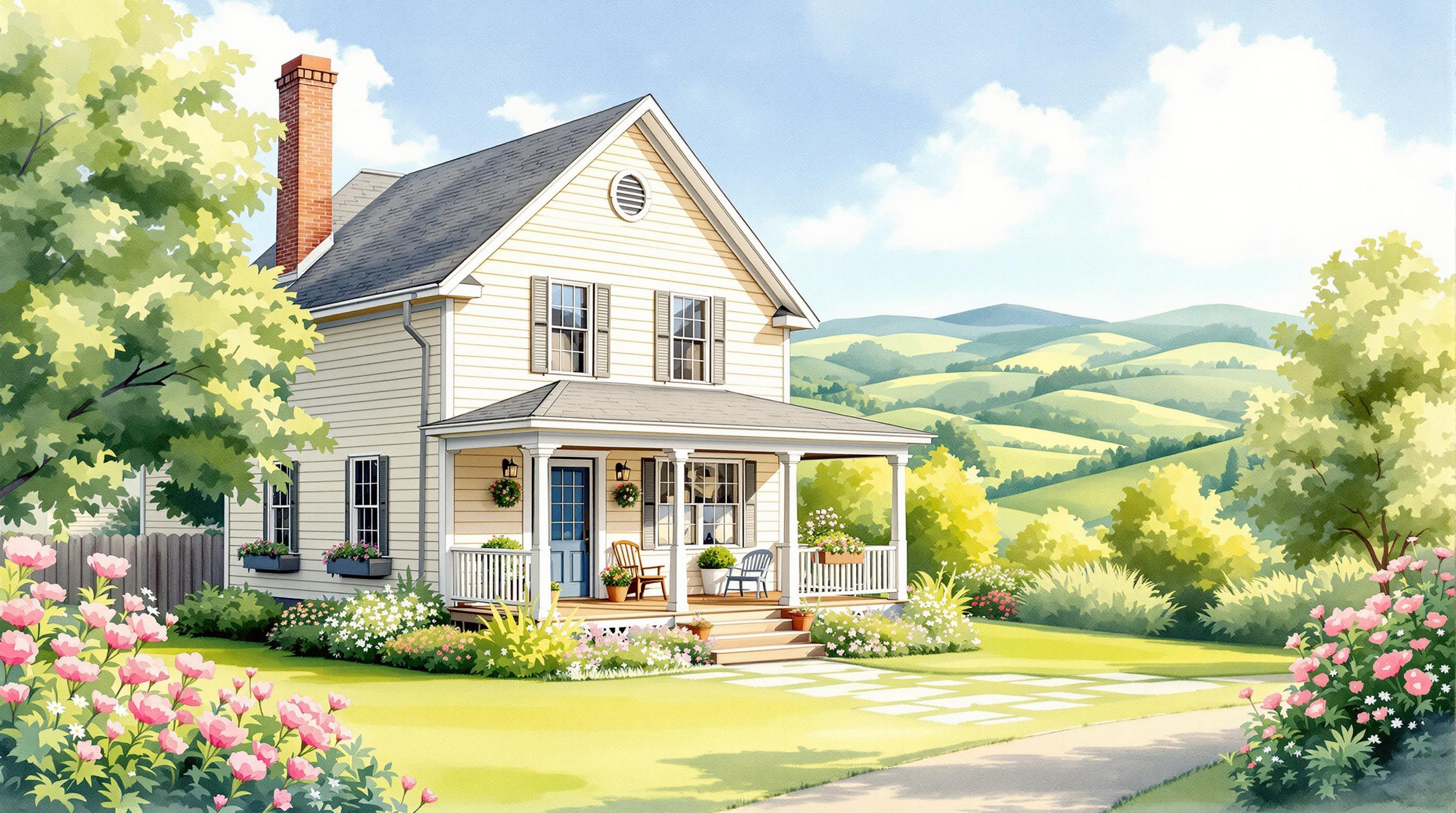Energy-efficient windows can save you money on energy bills, but they come with higher upfront costs. Here's what you need to know:
- Upfront Costs: $300–$1,000 per window (energy-efficient) vs. $150–$300 (standard).
- Annual Savings: $125–$465 with energy-efficient windows, especially when replacing single-pane models.
- Payback Period: Most homeowners see returns in 2–5 years.
- Tax Credits: Federal tax credits of up to $600 can reduce installation costs.
- Additional Benefits: Better indoor comfort, UV protection, noise reduction, and increased home value.
Quick Comparison:
| Feature | Standard Windows | Energy-Efficient Windows |
|---|---|---|
| Initial Cost | $150–$300 | $300–$1,000 |
| Annual Energy Savings | Minimal to none | $125–$465 |
| Heat Loss | Up to 50% more | Reduced by up to 50% |
| UV and Noise Protection | Limited | Improved |
| Maintenance Needs | Regular maintenance | Lower maintenance |
| Property Value Impact | Neutral | Can increase resale value |
| Payback Period | N/A | 2–5 years |
Energy-efficient windows are ideal for colder climates, homes with single-pane windows, or high energy costs. They offer long-term savings and comfort, making them a smart upgrade for many homeowners.
Energy Efficient Windows Replacement Costs vs Future Energy Savings
1. Standard Windows: Costs and Savings
Looking at the costs and savings of standard windows gives us a good starting point for comparing them with energy-efficient options. Let’s break down the key factors.
Upfront Investment
The price for standard windows usually ranges from $320 to $1,865 per window, depending on the material used for the frame.
Energy Performance and Cost Impact
Standard windows, especially single-pane versions, don’t insulate well. This lack of insulation can lead to higher energy bills due to heat loss and air leakage. How much you save by upgrading depends on your location - colder areas often see bigger benefits from better-insulated windows.
Additional Considerations
Although standard windows are cheaper upfront, they often cost more in the long run. Poor insulation and air leakage can significantly increase heating and cooling expenses, particularly in areas with extreme temperature swings, like Central Pennsylvania. These factors make them less appealing for long-term value [1].
There are situations where standard windows can make sense - like in mild climates or newer homes that already have energy-saving features. But when compared to energy-efficient options, their long-term benefits usually don’t measure up.
2. Energy-Efficient Windows: Costs and Savings
Costs and Potential Savings
Energy-efficient windows typically cost between $320 and $834 per window, depending on the materials used and installation expenses. Despite the upfront cost, they can help you save $125 to $350 annually on energy bills. This means most homeowners see a return on their investment within 2 to 5 years, especially in areas with extreme weather, like Central Pennsylvania [1]. If you're upgrading from single-pane windows, the savings are even greater. Replacing older double-pane windows, however, offers smaller - but still worthwhile - improvements.
Payback Period
Low-E storm windows and panels are particularly budget-friendly options. They usually pay for themselves within 2 to 5 years [1], making them a smart choice for anyone looking to cut energy costs without a huge upfront investment.
Climate Considerations
For colder regions, low-E storm windows and panels can lower energy usage by 21–36%. Interior panels tend to perform better because they minimize air leakage [1]. Choosing windows designed for your specific climate ensures you get the most out of your investment.
Other Advantages
Beyond energy savings, energy-efficient windows offer a range of perks:
- Enhanced comfort and reduced noise levels
- Protection against UV rays, which helps preserve furniture and flooring
- Increased home durability and potential property value boosts
- Improved temperature control, keeping your home more comfortable year-round
While the cost savings are a major draw, these additional benefits can make energy-efficient windows an even smarter choice for homeowners. Weighing both the pros and cons will help you decide if they're the right fit for your needs.
sbb-itb-7fa5722
Advantages and Disadvantages
Choosing between standard and energy-efficient windows requires a good look at both their perks and drawbacks. Here's a side-by-side comparison to help you weigh your options:
| Feature | Standard Windows | Energy-Efficient Windows |
|---|---|---|
| Initial Cost | $150-300 per window | $300-1,000 per window |
| Annual Energy Savings | Minimal to none | $125-340 (when replacing single-pane) |
| Heat Loss | Up to 50% more heat loss | Reduced heat loss by up to 50% with low-E coatings |
| UV and Noise Protection | Limited | Better UV and sound insulation |
| Maintenance Needs | Regular maintenance required | Lower maintenance needs |
| Property Value Impact | Neutral | Can boost home resale value |
| Payback Period | N/A | 2-5 years (varies by climate zone) |
How well energy-efficient windows perform often depends on where you live. For example, low-E storm windows can cut energy usage by 21-36% in colder regions [1]. In Central Pennsylvania, which falls under climate zone 5, windows with traditional low-E coatings tend to work exceptionally well.
Though energy-efficient windows come with a higher upfront price tag, they often pay off in the long run. ENERGY STAR certified windows, for instance, can save homeowners $125 to $340 annually when replacing old single-pane windows [2].
Beyond energy savings, these windows improve comfort, block out noise, and shield interiors from UV damage. To get the most out of your investment, choose windows designed for your region. Low-E glass for sunny areas is ideal for zones 1 through 3, while traditional low-E coatings are better for zones 4 through 8 [1].
With these details in mind, you can now assess whether energy-efficient windows align with your financial and home improvement goals.
Final Thoughts
Let’s take a closer look at how standard and energy-efficient windows impact your wallet and the practical aspects of choosing the right option for your home.
Energy-efficient windows come with a higher upfront cost - anywhere from $300 to $1,000 per window compared to standard models. However, the long-term savings on energy bills often make them a smart choice for many homeowners.
In areas like climate zone 5 (think Central Pennsylvania), these windows can deliver noticeable savings. For instance, ENERGY STAR certified windows are particularly effective when replacing single-pane windows. If you’re working with a tighter budget, low-E storm windows are a strong alternative, offering a payback period typically within 5 to 10 years.
Here’s a quick guide to help you decide:
| Factor | Recommended Window |
|---|---|
| Cold Climate | Energy-Efficient Windows |
| Replacing Single-Pane Windows | ENERGY STAR Certified Windows |
| Limited Budget | Low-E Storm Windows |
| High Energy Costs | Energy-Efficient Windows |
This table simplifies the decision-making process, aligning the best choice with your specific situation.
The savings you’ll see depend heavily on your starting point. For example, if you’re upgrading from single-pane windows, the reduction in energy costs will be most noticeable. Interior low-E panels are also a great option, as they outperform exterior storm windows by offering better control over air leakage [1].
For homeowners in colder regions, energy-efficient windows aren’t just about cutting energy costs - they’re a long-term upgrade that boosts your home’s comfort and value. When chosen to match your climate, these windows can lower utility bills, reduce your environmental impact, and even increase your property’s market appeal.
FAQs
What are the most affordable energy-efficient windows?
If you're looking for budget-friendly options, insulated, double-pane vinyl windows are a great choice. They come with low SHGC and U-factor ratings, providing solid energy efficiency without breaking the bank. Prices for vinyl windows typically range from $391 to $834 per window. For those willing to spend more for top-tier efficiency, fiberglass triple-pane models deliver better performance but at a higher cost [3].
How much money do energy-efficient windows save?
Here’s a quick look at how much you could save annually by replacing single-pane windows with ENERGY STAR-rated ones, depending on your location:
| Region | Annual Savings |
|---|---|
| California | $125 |
| East North Central | $270 |
| Average U.S. Home | $126-$465 |
For example, in a 2,000 sq. ft. home with single-pane windows and high energy bills, upgrading to energy-efficient windows could reduce annual energy costs from $4,200 to $3,150. That’s a savings of $1,050 per year [3]. These numbers show how energy-efficient windows can make a noticeable difference, especially in areas with extreme weather conditions.



